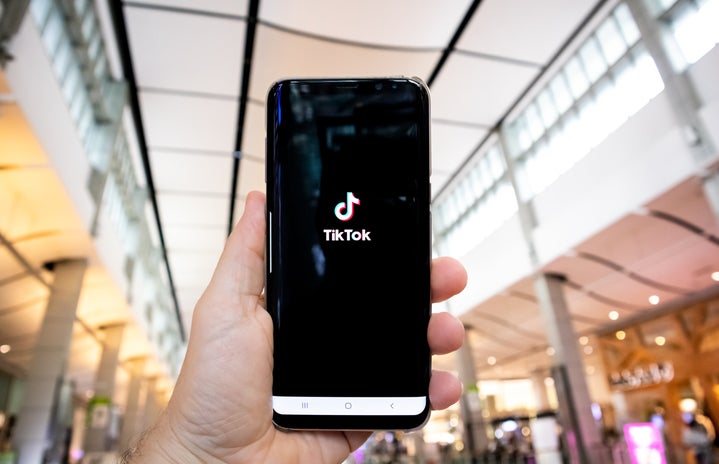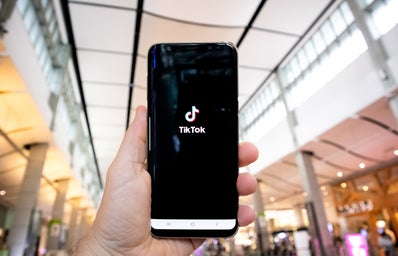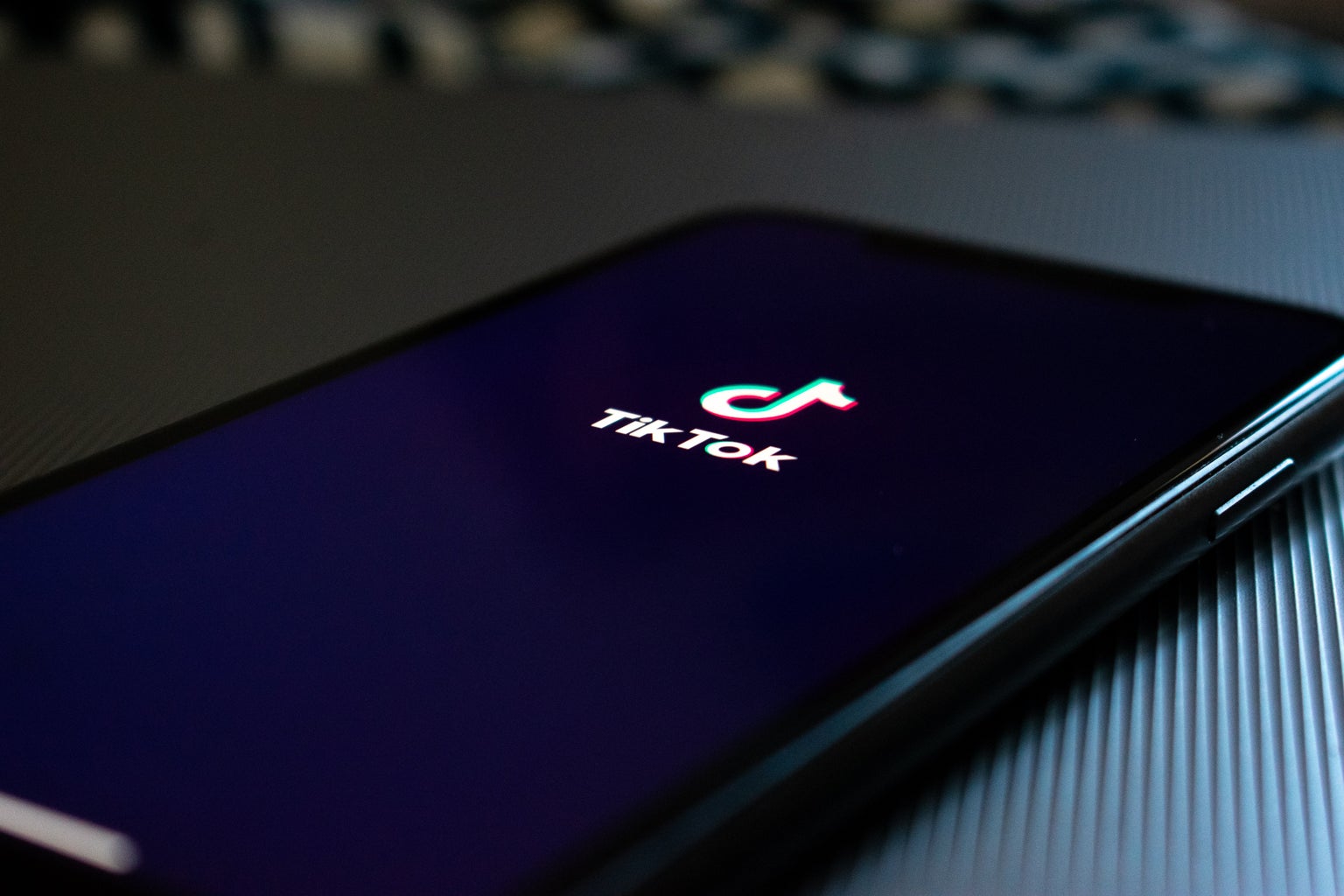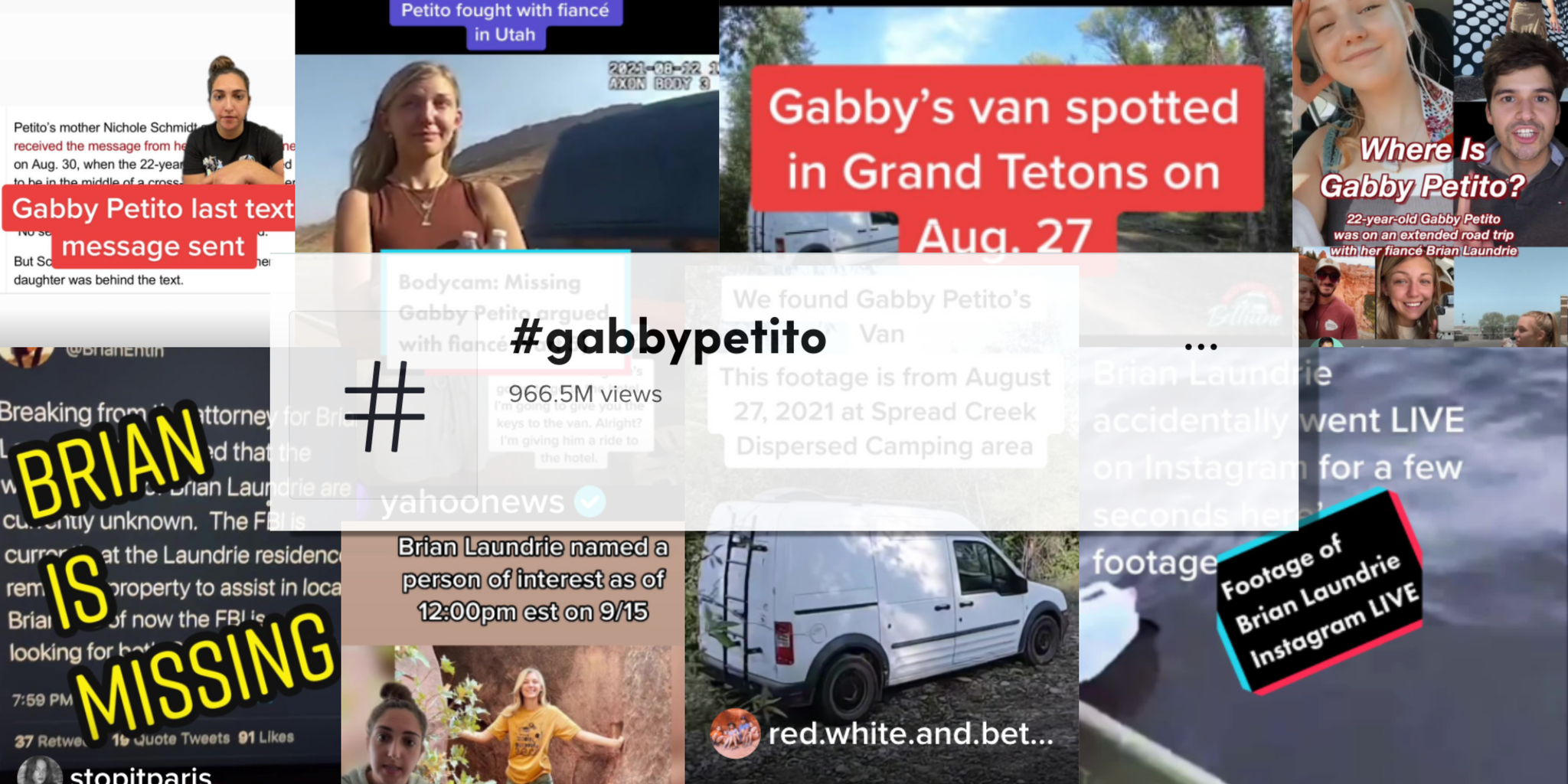TW: This article contains references to gender-based violence.
Gaby Petito, a 22-year-old woman with over a million followers on Instagram, was reported missing by her family on September 11, 2021, after not being able to get in contact with her. Petito and her fiancé, Brian Laundrie, went on a road trip together over a week prior to the call, and planned to travel across the western United States, according to North Port Police Chief Todd Garrison. Laundrie returned to the couple’s shared home without Petito on September 1. In the days following the Petito family’s call, the Laundrie family refused to give any information they may know about Petito’s disappearance, and even informed police that they have not seen Brian Laundrie since September 14.
Eventually, the investigation led to finding Petito and Laundrie. On September 19, human remains were found in Teton County, Wyoming, matching Petito’s description, and it was later confirmed to be Gaby Petito. As of October 3, 2021, Brian Laundrie has not been found, and the FBI has issued a federal arrest warrant on him.
Over the last few years, true crime has become very popular in several media circles. There are many reasons why people are drawn to true crime stories, such as being fascinated with evil, the twenty-four seven news cycle that had an uptick in personal crime and murder, and, perhaps, wanting to solve the mystery themselves.
“I think that we have been fascinated with the conflict between good and evil since the beginning of time. Soon after the world was created, we see a conflict between two brothers, Cain and Abel. I think that there has always been this deep, deep fascination with good and evil,” Dr. Michael Mantell, former chief psychologist of the San Diego Police Department, told NPR. True crime can be found in every pocket of the Internet: podcasts, Youtube videos, TV shows, movies, and even TikTok.
On TikTok, the hashtag #truecrime has been viewed 54.5 million times. Because of the video time limit on the platform, information is often put out quickly and in a concise manner — which could be a benefit or a detriment. In fact, just as we have seen over the last few years, misinformation can spread like wildfire, and TikTok is no exception to this.
Now, this brings the Gaby Petito case and TikTok together at an unfortunate crossroads. Once news coverage started spreading on the disappearance of Gaby Petito, hundreds of videos started being posted about her. The first few videos being shared about the case were simply informing users on who Petito was, what happened, and how to help spread the word. Then, as her name and case gained traction, more concerning videos were made about her, including theories on what happened to Petito to psychics claiming to be aligned with her spirit. Both of these kinds of videos fueled the misinformation cycle, harming the investigation and Petito’s family. Abbie Richards, who researches misinformation and disinformation on TikTok, adds: “there’s a lot of people who are capitalizing off of and profiting off of creating content that’s designed to dissect the last days that we know of this girl.”
Another conversation has also been brought up concerning the case: the disproportionate amount of coverage on missing indigenous women compared to other women. In a report prepared for the state of Wyoming, in the same area that Petito’s remains were found, 710 indigenous women went missing from 2011 to 2020. The same report shows that only 18% of those women had any sort of media coverage compared to 51% of white victims.
“I’m incredibly glad she is getting the resources needed to help find her, but there is an obvious disproportionate focus on her story,” Alvin Williams, a host of the “Affirmative Murder” podcast that focuses on true crimes with Black and brown victims, said in an interview with The New York Times. “We can play the game of, ‘Oh, it’s because she was a vlogger’ and all those things, but we can also see that she is a Gen Z, blonde, petite girl, and that is what gets the clicks,” Williams said.
Gaby Petito’s story is an incredibly tragic one, and it should be kept in mind that she was a real person that had something horrible happen to her. It is morally reprehensible to speculate what happened to the young woman moments before she took her last breath as if it were a TV show. While it is good that TikTok videos are shedding light on her case, videos that are informing others are buried under the theories and misinformation.
Overall, it is important to be mindful of what is said on social media and under what context. In the age of social media, virtually everyone has a voice, and the choice of words one uses can hold immense power.
Want to keep up with HCBU? Make sure to like us on Facebook, follow us on Instagram, check out our Pinterest board, and read our latest Tweets!





